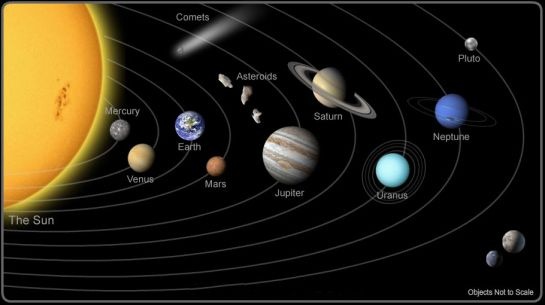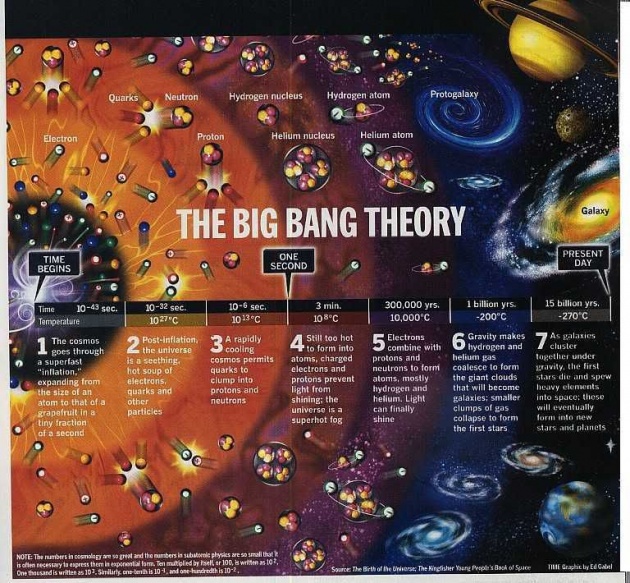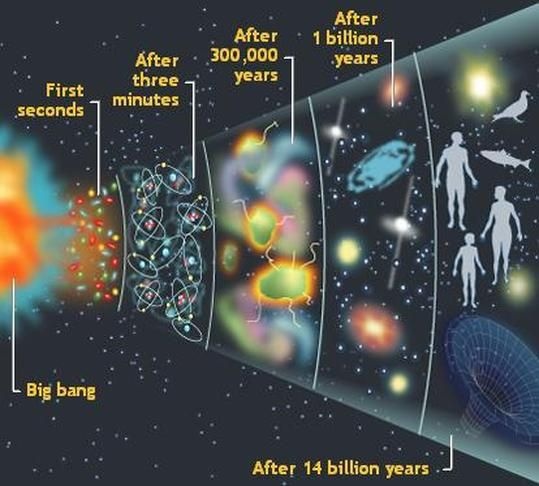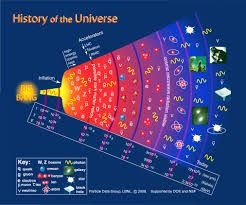SPACE AND THE SOLAR SYSTEM
(Part 4)
In the previous lectures we study about the space and the solar system. In this lecture we will discuss about the different terms and there thorough study which are related to the space and the solar system.

THE BIG BANG THEORY
The big band theory is related to the earth history. Russian-American physicist George Gamow said that the universe was created due to an extremely large explosion, which now called the big bang. The Big Bang Theory provided a basis for understanding the earliest stages of the universe and its succeeding evolution. Extremely high density would cause the universe to expand rapidly. Hydrogen and Helium provide a major role in the universe to cool and condense into stars and galaxies. According to Gamow’s the radiation left over from the Big bang would cool to about 3 K (about -270C Deg / -454 F height) today. This cosmic background radiation was detected in 1965, providing what most astronomers consider to be confirmation of the big bang theory.

THE STEADY STATE THEORY
The Steady State theory is alternative to the above Discussed Big Bang theory of the universe's origin. In steady state views, new matter is continuously created as the universe expands, thus adhering to the perfect cosmological principle.
The theory was first put by Sir James Jeans in about 1920 and further revised in 1948 by Hermann Bondi and Thomas Gold. After Sir Fred Hoyle deal with problems that had arisen in connection with the alternative big-bang hypothesis. Observations since the 1950s have produced much evidence contradictory to the steady-state picture and supportive of the big-bang model. They tell us that the decreases in the density of the universe caused by its expansion, which is balanced by the continuous creation of matter, maintaining forever the present appearance of the universe.

According to The steady state theory, the universe is always expanding but maintaining a constant average density, matter being continuously created to form new stars and galaxies at the same rate that old ones become unobservable as a consequence of their increasing distance and velocity of recession. A steady state universe has no beginning or end in time. The average density and arrangement of galaxies is the same. Galaxies of all possible ages are intermingled. The steady State theory is no longer accepted by most cosmologists.
EVOLUTION OF THE UNIVERSE
We have study The Big Bang Theory, according to which this universe is came into being due to a large explosion. But, it is unknown whether the universe will expand forever or will contract again. One approach to solving this problem is to learn the average density of matter in the universe. The mass of each galaxy multiplied by the number of galaxies is only 5 to 10 percent of Friedmann’s critical value. By multiplying the galactic cluster mass by the number of clusters results in an average density near the critical value. The difference between these results suggests the presence of invisible matter, the so-called dark matter, outside the galaxies but within the clusters. Until the missing-mass phenomenon is understood, this method of determining the fate of the universe will be inconclusive.

That was about today's lecture in the next lecture we will study about the Milky Way and Galaxy.



